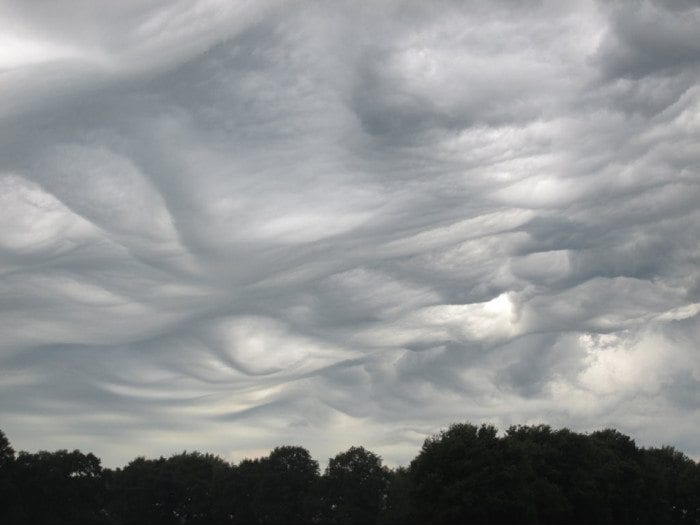

See also: Severe weather, Thunderstorm, Tornado, and Crown flashĬumulonimbus storm cells can produce torrential rain of a convective nature (often in the form of a rain shaft) and flash flooding, as well as straight-line winds. Virga: precipitation that evaporates before reaching the ground.Rain: precipitation that reaches the ground as liquid, often in a precipitation shaft.Precipitation-based supplementary features An overshooting top is a dome that rises above the thunderstorm it is associated with severe weather.Flanking line is a line of small cumulonimbus or cumulus generally associated with severe thunderstorms.They are known to drop very low, sometimes just 6 metres (20 ft) above ground level.

Tuba: column hanging from the cloud base which can develop into a funnel cloud or tornado.Mamma or mammatus: consisting of bubble-like protrusions on the underside.
 Incus (species capillatus only): cumulonimbus with flat anvil-like cirriform top caused by wind shear where the rising air currents hit the inversion layer at the tropopause. Velum: a thin horizontal sheet that forms around the middle of a cumulonimbus. Pileus (species calvus only): small cap-like cloud over parent cumulonimbus. Pannus: accompanied by a lower layer of fractus species cloud forming in precipitation. Arcus (including roll and shelf clouds): low, horizontal cloud formation associated with the leading edge of thunderstorm outflow. Pyrocumulonimbus with pileus Supplementary features Accessory clouds Cumulonimbus capillatus: cloud with cirrus-like, fibrous-edged top. Cumulonimbus calvus: cloud with puffy top, similar to cumulus congestus which it develops from under the correct conditions it can become a cumulonimbus capillatus. Even the smallest cumulonimbus cloud dwarfs its neighbors in comparison. When vertically developed, this largest of all clouds usually extends through all three cloud regions. Occasionally, rising air parcels surpass the equilibrium level (due to momentum) and form an overshooting top culminating at the maximum parcel level. The shelf of the anvil may precede the main cloud's vertical component for many kilometres (miles), and be accompanied by lightning. Well-developed cumulonimbus clouds are characterized by a flat, anvil-like top (anvil dome), caused by wind shear or inversion at the equilibrium level near the tropopause. Peaks typically reach to as much as 12,000 m (39,000 ft), with extreme instances as high as 21,000 m (69,000 ft) or more. The cumulonimbus base may extend several kilometres (miles) across, or be as small as several tens of metres (yards) across, and occupy low to upper altitudes within the troposphere - formed at altitude from approximately 200 to 4,000 m (700 to 10,000 ft). Towering cumulonimbus clouds are typically accompanied by smaller cumulus clouds. Partial view of a cumulonimbus cloud, possibly an arcus cloud.
Incus (species capillatus only): cumulonimbus with flat anvil-like cirriform top caused by wind shear where the rising air currents hit the inversion layer at the tropopause. Velum: a thin horizontal sheet that forms around the middle of a cumulonimbus. Pileus (species calvus only): small cap-like cloud over parent cumulonimbus. Pannus: accompanied by a lower layer of fractus species cloud forming in precipitation. Arcus (including roll and shelf clouds): low, horizontal cloud formation associated with the leading edge of thunderstorm outflow. Pyrocumulonimbus with pileus Supplementary features Accessory clouds Cumulonimbus capillatus: cloud with cirrus-like, fibrous-edged top. Cumulonimbus calvus: cloud with puffy top, similar to cumulus congestus which it develops from under the correct conditions it can become a cumulonimbus capillatus. Even the smallest cumulonimbus cloud dwarfs its neighbors in comparison. When vertically developed, this largest of all clouds usually extends through all three cloud regions. Occasionally, rising air parcels surpass the equilibrium level (due to momentum) and form an overshooting top culminating at the maximum parcel level. The shelf of the anvil may precede the main cloud's vertical component for many kilometres (miles), and be accompanied by lightning. Well-developed cumulonimbus clouds are characterized by a flat, anvil-like top (anvil dome), caused by wind shear or inversion at the equilibrium level near the tropopause. Peaks typically reach to as much as 12,000 m (39,000 ft), with extreme instances as high as 21,000 m (69,000 ft) or more. The cumulonimbus base may extend several kilometres (miles) across, or be as small as several tens of metres (yards) across, and occupy low to upper altitudes within the troposphere - formed at altitude from approximately 200 to 4,000 m (700 to 10,000 ft). Towering cumulonimbus clouds are typically accompanied by smaller cumulus clouds. Partial view of a cumulonimbus cloud, possibly an arcus cloud.







 0 kommentar(er)
0 kommentar(er)
